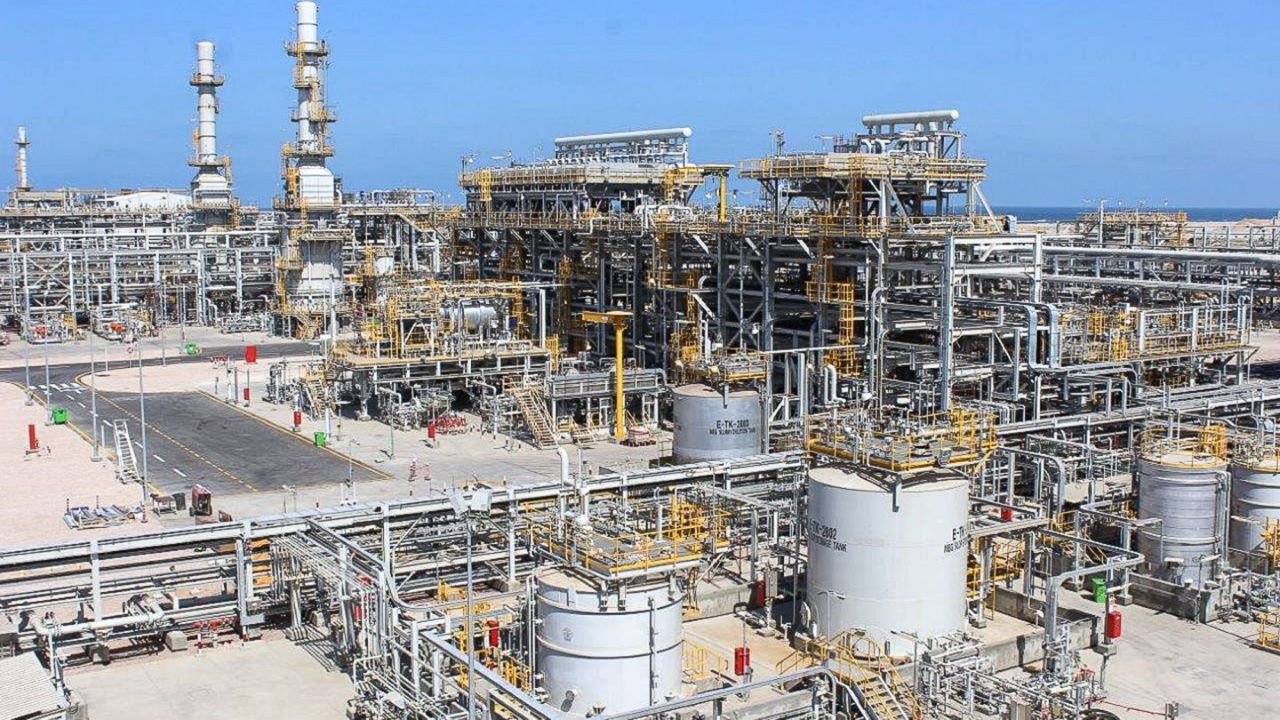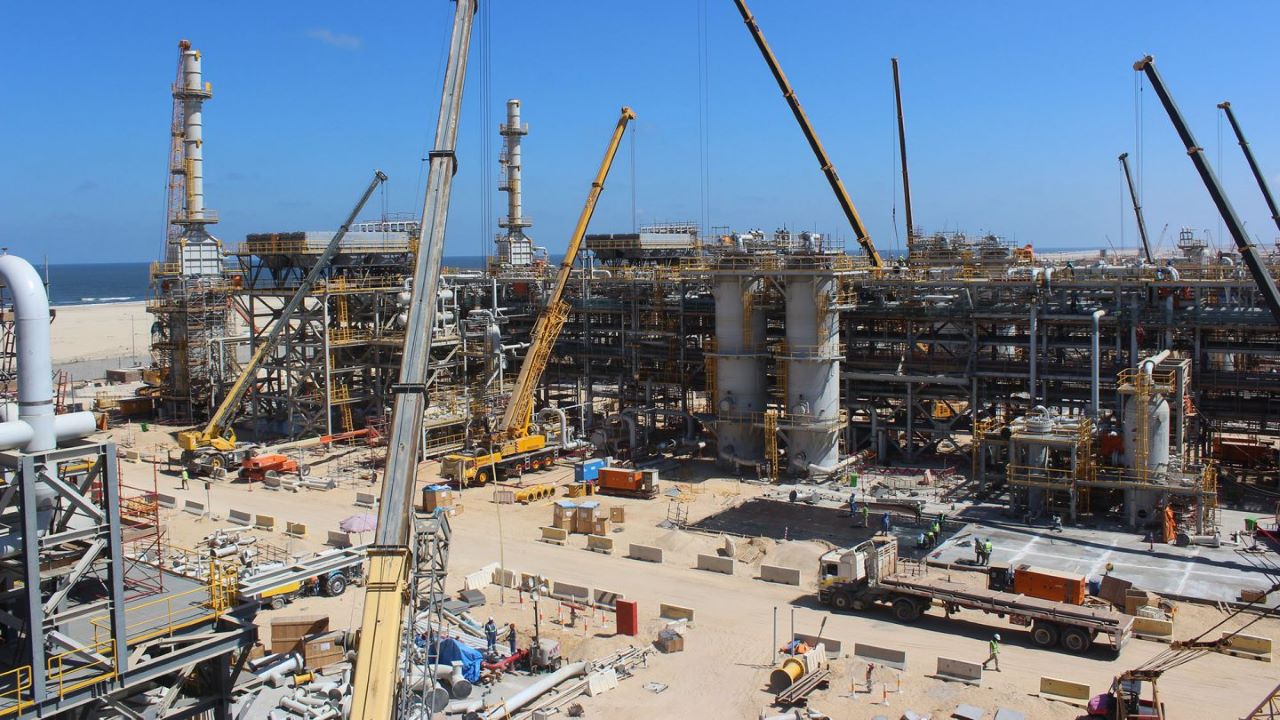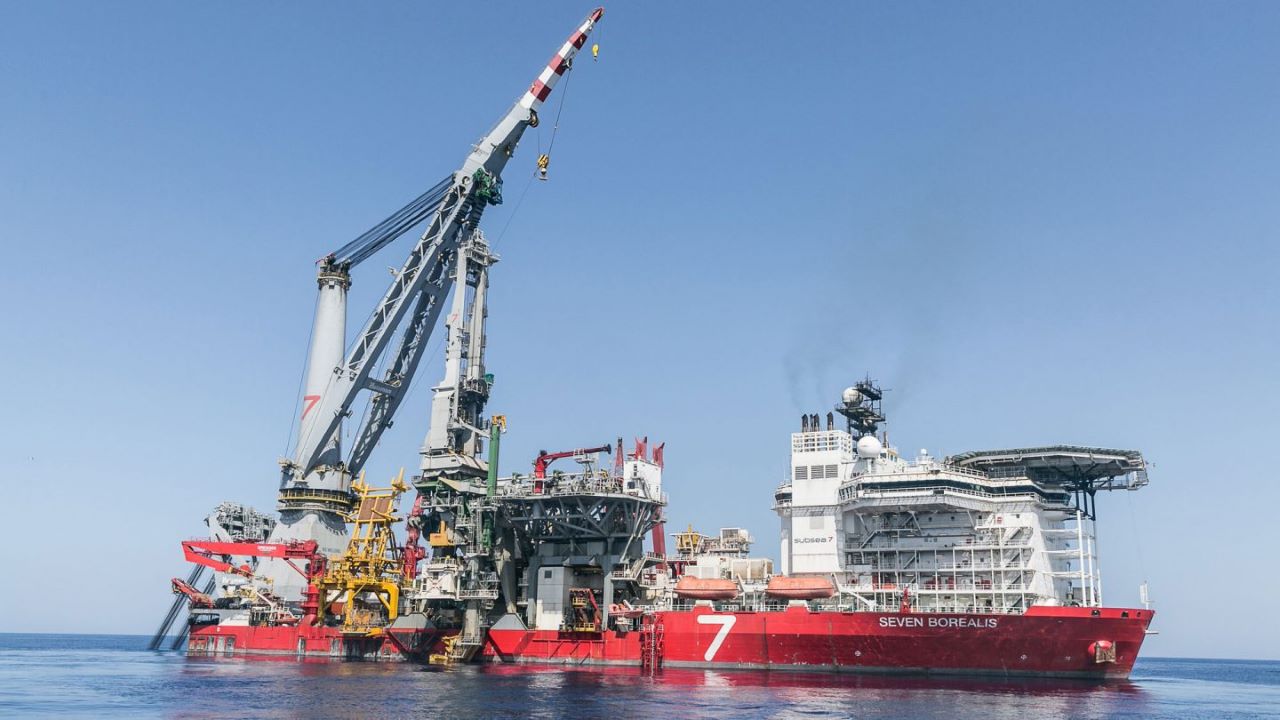The Raven gas and condensate field is the fifth field of the West Nile Delta project in the North Alexandria and West Mediterranean Deepwater offshore blocks in Egypt.
The Raven field development is a part of phase three of the larger $9bn West Nile Delta project that involves the development of five gas fields (Taurus, Libra, Giza, Fayoum and Raven) in the Mediterranean Sea.
British multinational oil and gas company BP is the project operator with an 82.75% interest. The remaining 17.25% in the West Nile Delta development is held by Wintershall Dea, a German crude oil and natural gas producer. The first gas production from the Raven field commenced in April 2021.
All gas produced from the five fields of the West Nile Delta project is fed into Egypt’s national grid.
Raven field location and reservoir details
The five gas and condensate fields are located approximately 65km to 85km off the coast of Alexandria in Egypt.
The Raven gas field reservoir is associated with the deeper Miocene formations and includes a series of overlapping slope turbidite channels, laid across a major regional culmination.
Raven field details
The Raven gas and condensate field development is the final stage of the West Nile Delta project after the completion of the first phase (Taurus/Libra) and second phase (Giza/Fayoum) projects, which commenced production in 2017 and 2019, respectively. The Raven field produces gas that is transferred via sub-sea pipelines to the newly constructed onshore Raven processing facility located adjacent to the existing Giza / Fayoum facilities.
The Raven project includes eight production wells and the development is based on a deep-water long-distance tie back to the shore, where the new Raven onshore plant is located. Ten construction vessels were used in the execution of the Giza, Fayoum and Raven sub-sea scope. The sub-sea scope of the Raven project was completed in 2019.
The current production capacity of the Raven field is approximately 600 million standard cubic feet of gas per day (Mmscf/d). The gross production from the Raven field is expected to increase to approximately 900Mmscf/d of gas and approximately 30,000 barrels of condensate per day (bpd) at its peak production capacity.
The onshore facilities of the West Nile Delta project, including the new Raven facility, have a total gas processing capacity of approximately 1.4 billion standard cubic feet of gas per day (Bscf/d).
West Nile Delta project development background
The first stage of the West Nile Delta project, which involved the development of the Taurus and Libra fields, was fast-tracked to production in May 2017. The two fields are currently producing more than 700Mmscf/d sales gas and 1,000 barrels per day (bbl/d) of condensate.
The Taurus and Libra project involves nine wells with six in Taurus and three in Libra and a 42km-long tie back to the existing onshore processing facility, from where gas is transported to the Egyptian national gas grid via a nearby export pipeline.
The second stage of the West Nile Delta development involved the Giza and Fayoum fields which were brought online in February 2019. The two fields are currently producing around 400Mmscfd of gas, with flows expected to increase to a maximum rate of approximately 700Mmscf/d.
Contractors involved
The main flowlines from the field to the onshore facility were installed by Subsea 7 using its pipelaying vessel Seven Borealis.
Van Oord performed the shallow water sub-sea rock installation using the side stone dumping vessel HAM 602 in water depths ranging between 5m and 15m.




